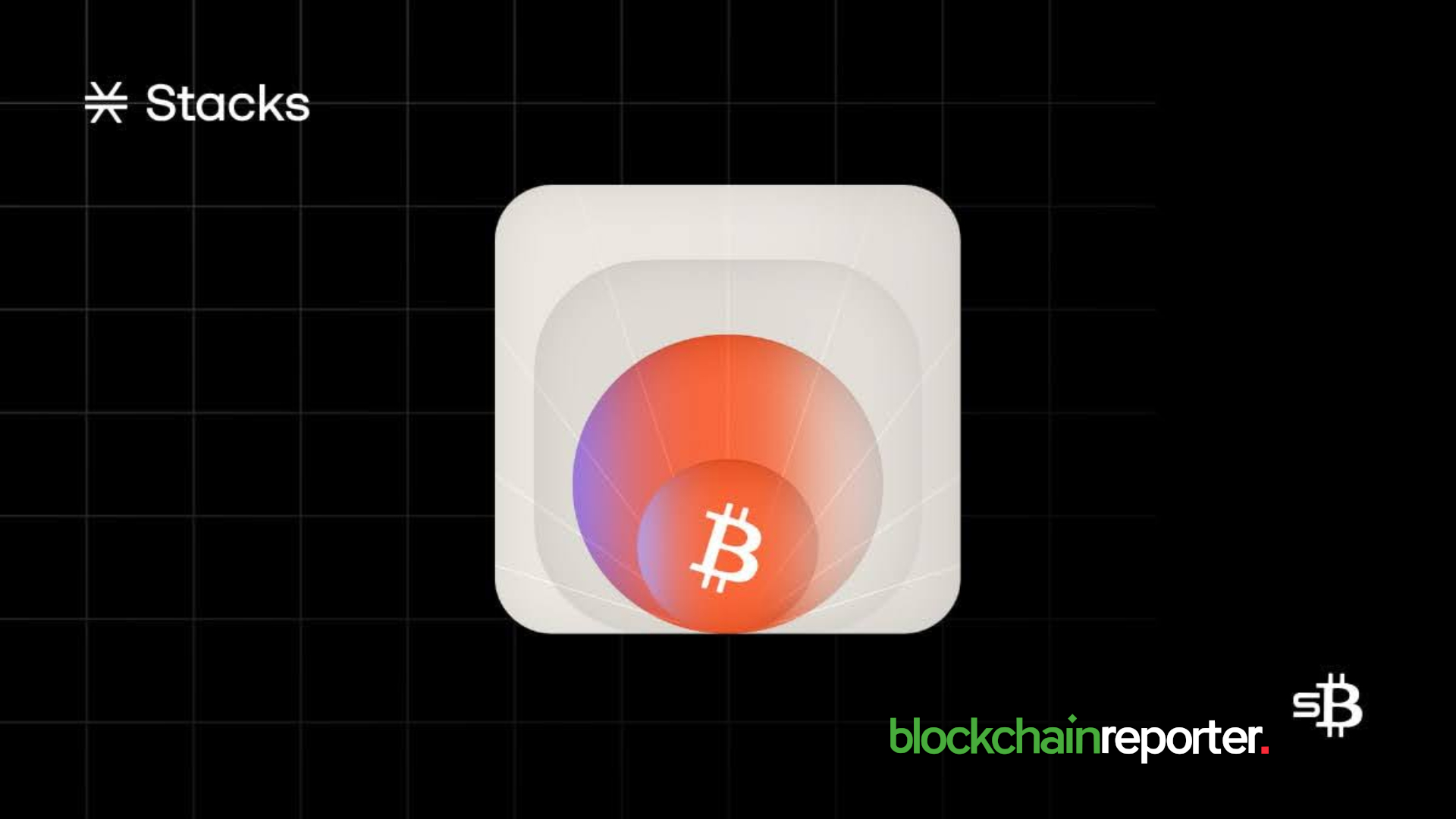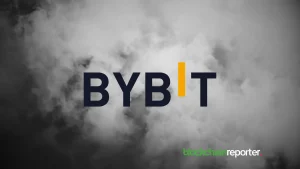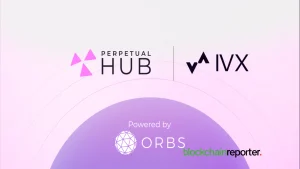
Stacks, a popular Bitcoin L2 network pushing innovation in Bitcoin DeFi, has disclosed noteworthy adoption of sBTC, a Bitcoin-backed decentralized and programmable asset. As per Stacks, the leading institutional players to adopt sBTC include Jump Crypto, UTXO Capital, and SNZ.
With this development, Stacks aims to advance the use cases of Bitcoin in the DeFi sector. Since the mainnet launch of the project in December last year, it has been attracting industry leaders and prominent institutions. This growing adoption indicates its resilient position in the world of tokenized $BTC assets.
Early sBTC Depositors Underscore Stacks’ Growing Use Cases and Demand
According to Stacks Foundation, the early depositors taking part in the initial cap of sBTC show the increasing demand and popularity of Stacks. Growing demand for sBTC led to a second cap raise that tripled deposit capacity, attracting a fresh wave of builders, institutions, wealth managers, and retail investors. Zest, a rapidly surging use case, has already gained almost forty percent of the entire sBTC amount in the protocol. This suggests the productivity and usability of Bitcoin.
In addition to this, considerable support from the above-mentioned depositors and advancing technical progress anticipate a considerable rise in sBTC’s capitalization on the 25th of February. Following that, in March this year, Stacks will start providing withdrawal access.
sBTC Growth Signals Rising Bitcoin ($BTC) DeFi Adoption
During this month, tokenized $BTC assets experienced a steady growth. The key driving force behind this demand increase includes $BTC holders. They are reportedly realizing the advanced solutions that Stacks and other Bitcoin layers can offer simultaneously to the provision of security. Hence BBA Data reveals that Tokenized BTC supply has touched 1.67% of the circulating supply of $BTC. This level is the highest since October of 2022.
Hiro’s CEO Alex Miller said that sBTC’s expanding adoption delivers necessary liquidity for those developers who are scaling and building applications. The executive also pointed toward the spike in the utilization of developer tools by developers for sBTC adoption. With this, they reportedly enable L1 scaling, borrowing, lending, yield generation, and so on.
According to Stacks Foundation, Jump Crypto, SNZ, and UTXO Capital highlight their enormous confidence in sBTC. This ultimately displays the rising significance of sBTC in the Bitcoin DeFi sector.













